Our Blog
Traditional Greek Lent: A Guide to Fasting Cuisine
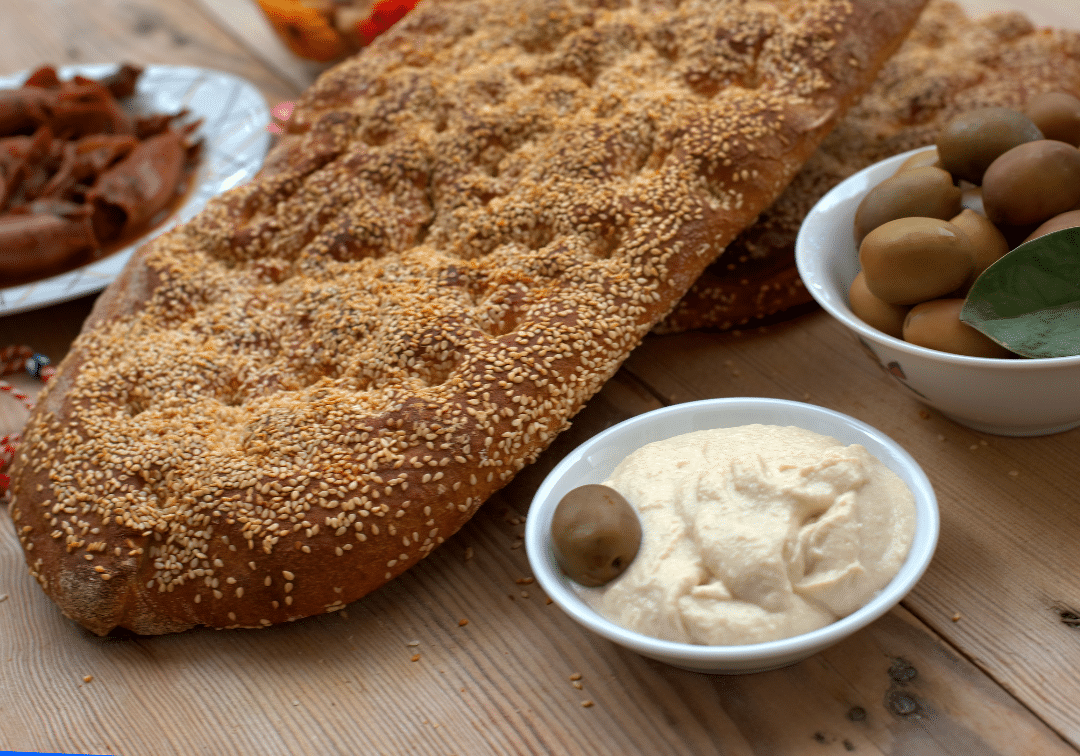
Traditional Greek Foods for Lent: A Guide to Fasting Cuisine
Lent is an important period in Greek culture, observed with fasting and special meals. Greek Lent fasting focuses on plant-based dishes, seafood, and natural ingredients. Despite the restrictions, the cuisine remains flavorful and satisfying. This article explores the foods traditionally eaten during Greek Lent, along with their significance and preparation methods.
What is Greek Lent?
Greek Lent, known as “Sarakosti,” is a 40-day fasting period before Easter. It follows Orthodox Christian dietary rules, which prohibit meat, dairy, eggs, and sometimes fish. However, certain seafood, like octopus, squid, and shrimp, is allowed because it is not considered “blooded.”
Fasting does not mean sacrificing flavor. Greek cuisine has a rich tradition of plant-based and seafood dishes that have been enjoyed for generations.
Staple Foods During Greek Lent
Greek Lent fasting relies on legumes, vegetables, grains, nuts, and olive oil. Below are some key foods commonly consumed during this period:
1. Legumes and Beans
Legumes are a major source of protein during Lent. Popular dishes include:
- Fasolada – A simple yet flavorful bean soup with tomatoes, carrots, celery, and olive oil.
- Revithada – Slow-cooked chickpeas, usually baked in a clay pot with onions and olive oil.
- Fava – A creamy split pea puree, typically served with onions, lemon, and olive oil.
2. Vegetables and Stuffed Foods
Vegetables play a key role in Greek Lent dishes. Some of the most popular include:
- Dolmadakia – Grape leaves stuffed with rice, onions, and herbs, sometimes with pine nuts and raisins.
- Briam – A roasted vegetable medley with zucchini, eggplant, potatoes, and tomatoes.
- Lahanorizo – A simple cabbage and rice dish, flavored with lemon and olive oil.
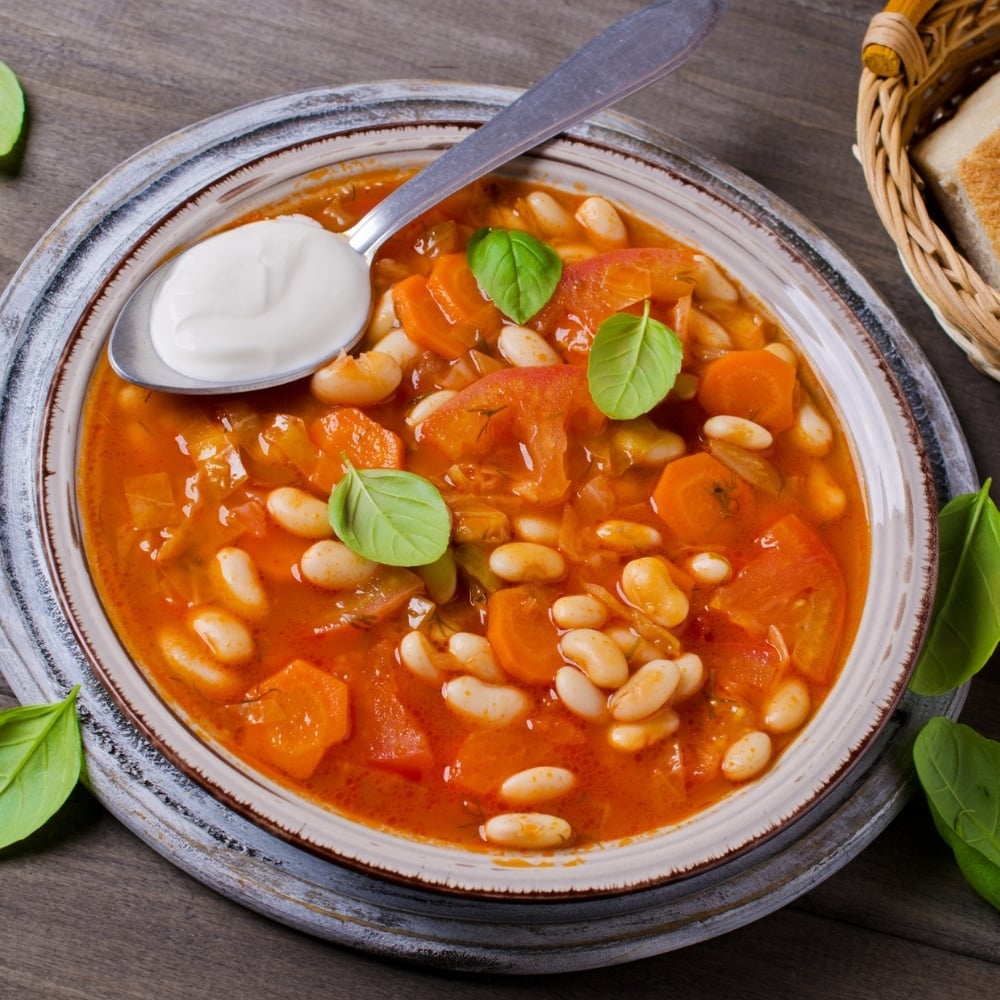
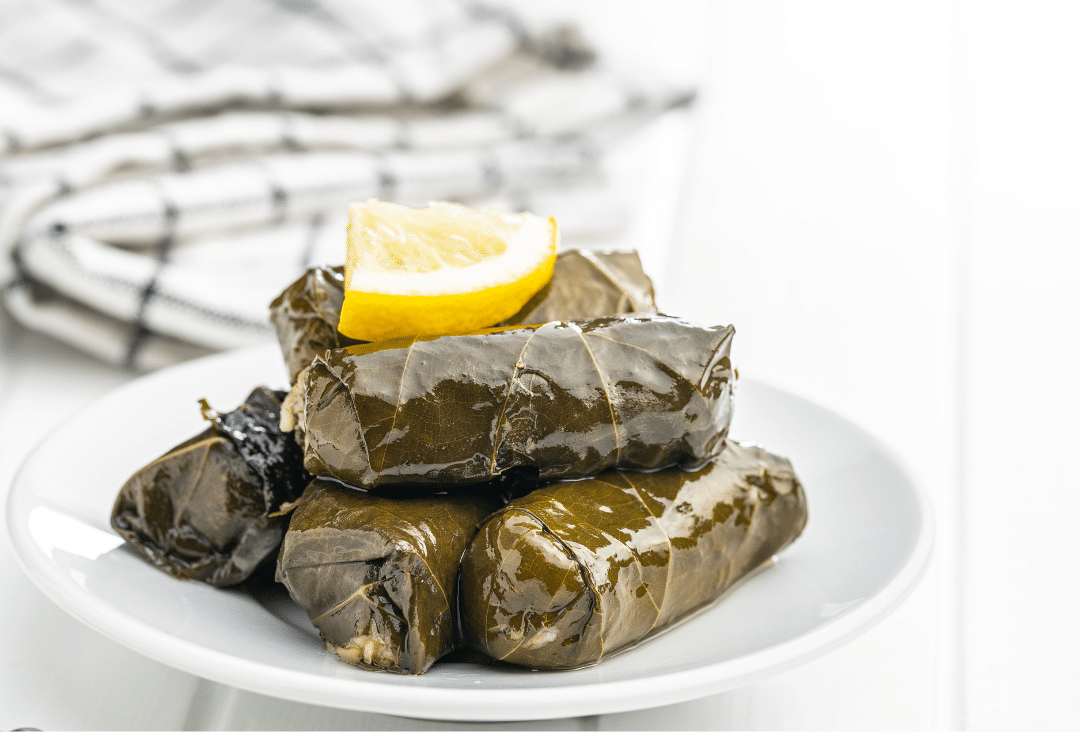
3. Seafood and Shellfish
Since shellfish and mollusks are allowed, they become a major protein source during Lent:
- Octopus in Vinegar – Boiled octopus served with vinegar and olive oil.
- Garides Saganaki – Shrimp cooked in tomato sauce with garlic, though typically without feta during Lent.
- Kalamarakia Tiganita – Fried squid, often served with lemon.
4. Bread and Pies
Bread remains essential during Lent, and special varieties appear during this period:
- Lagana – A sesame-covered flatbread eaten on “Clean Monday,” the first day of Lent.
- Spanakopita (without cheese) – Spinach pie made with phyllo dough, olive oil, and herbs.
5. Dips and Spreads
Many Greek dips are naturally vegan or can be adjusted for fasting:
- Taramosalata – A creamy spread made with fish roe, bread or potatoes, lemon, and olive oil.
- Melitzanosalata – A smoky eggplant dip with garlic and olive oil.
- Skordalia – A garlic and potato dip, often served with fried vegetables or bread.
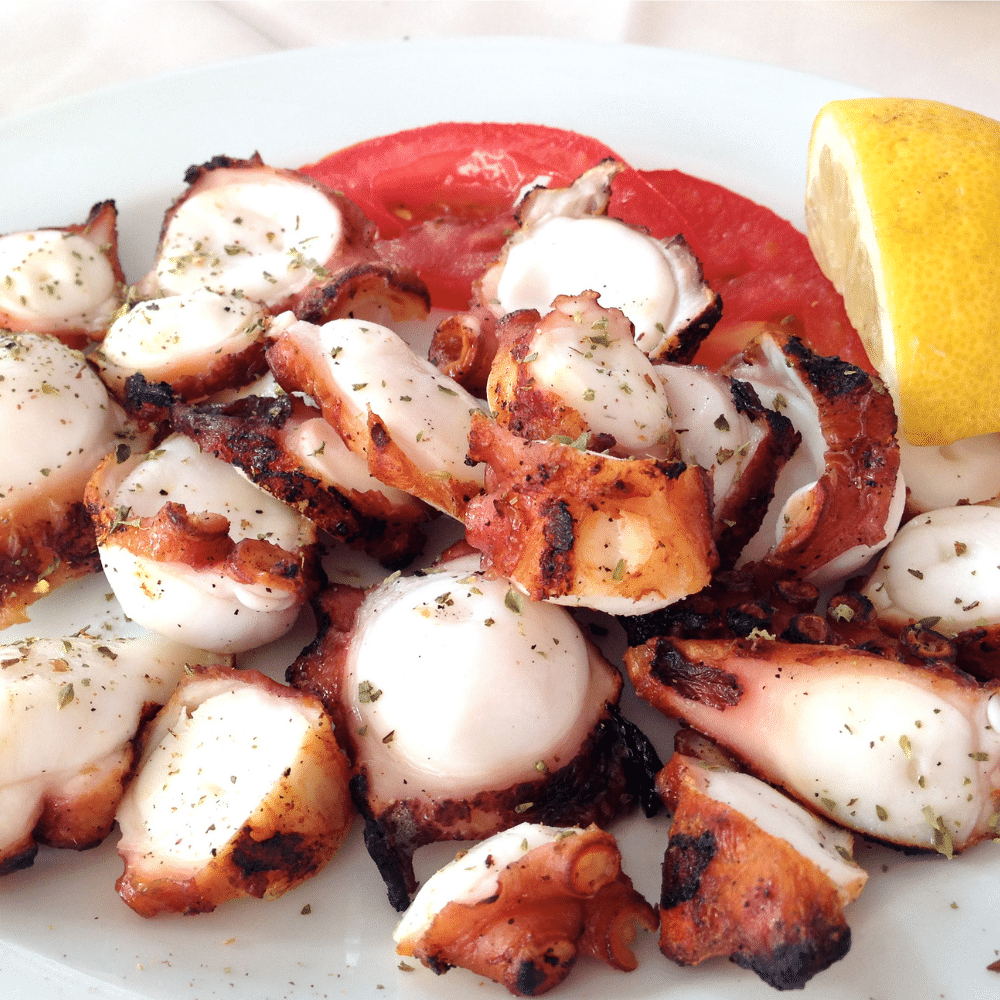
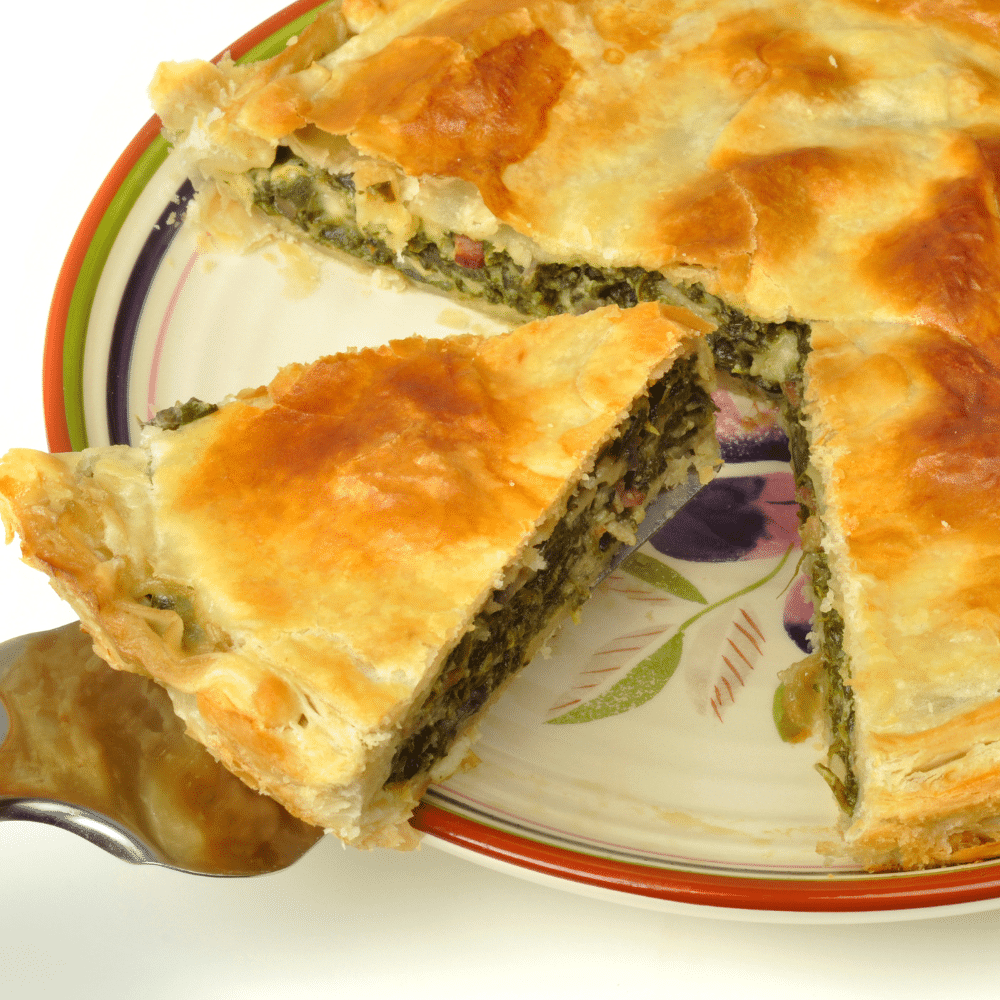
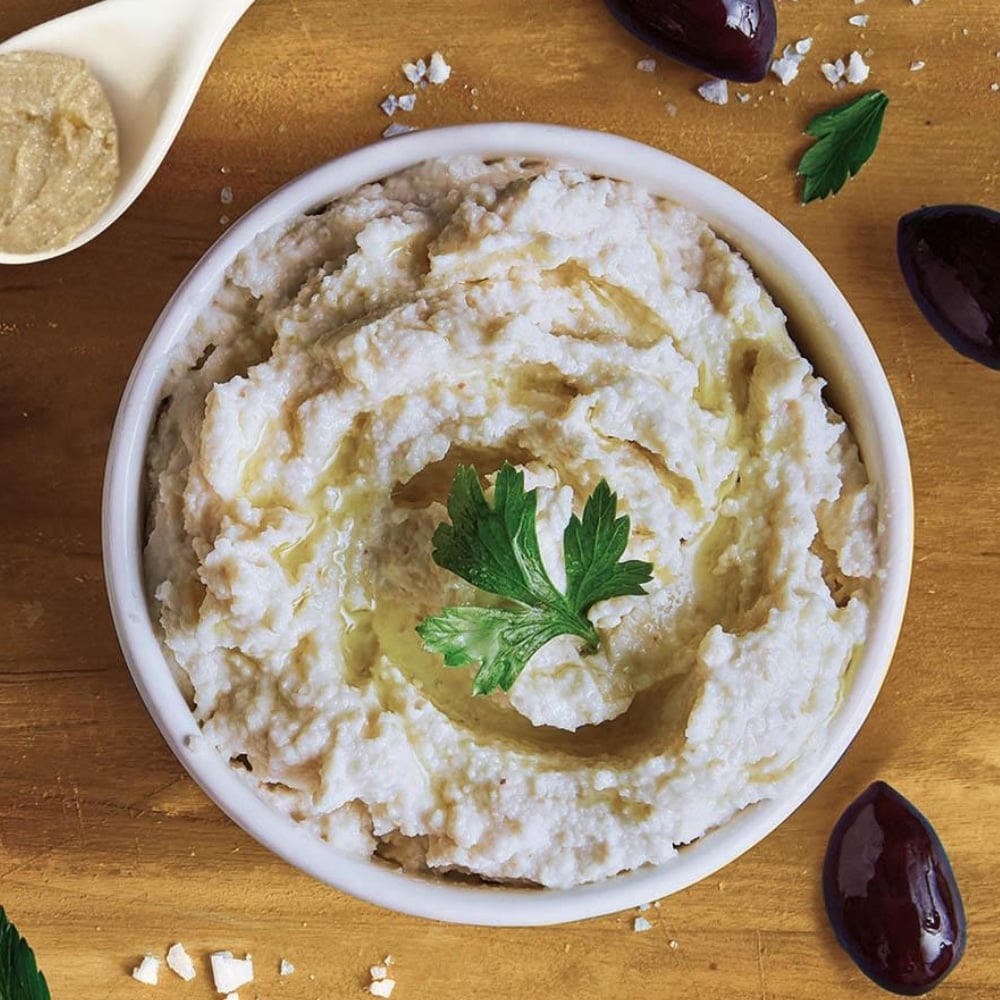
Sweet Treats for Lent
Greek desserts during Lent avoid dairy and eggs but remain delicious:
- Halva – A dense, sweet semolina pudding flavored with cinnamon, nuts, and sometimes raisins.
- Pasteli – Honey and sesame bars, a traditional Greek snack.
- Rizogalo (without milk) – A plant-based rice pudding made with almond or coconut milk.
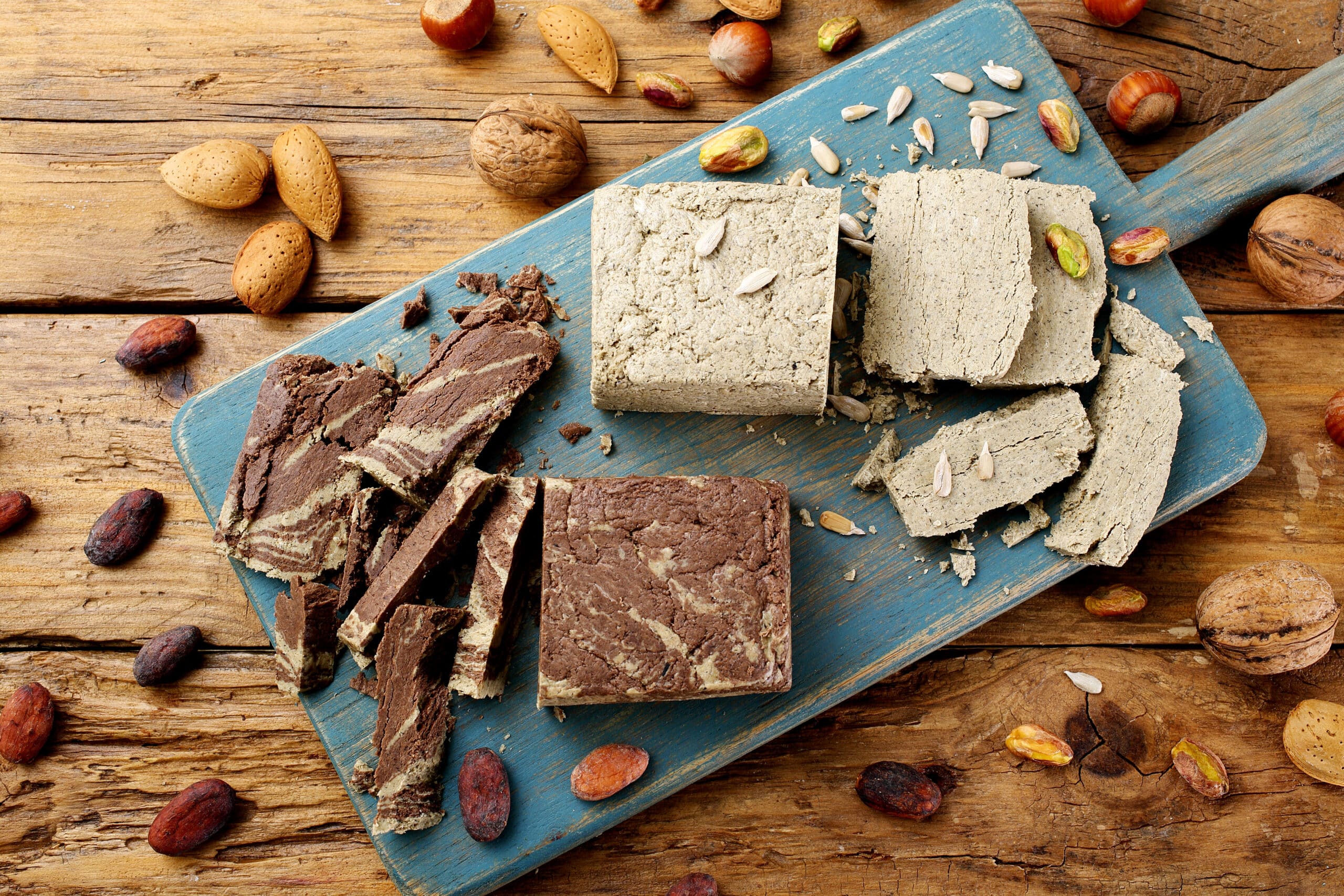
The Role of Olive Oil in Lent
Olive oil is a staple of Greek Lent fasting, but some days require a stricter diet. Wednesdays and Fridays are often “oil-free,” meaning meals are prepared without it. In such cases, dishes like lentil soup (fakes) or boiled vegetables are consumed plain, seasoned with lemon and salt.
Cultural Significance of Greek Lent Foods
Greek Lent is more than a dietary restriction; it is a time of spiritual reflection and communal meals. Families gather to prepare large batches of Lenten foods, sharing them with neighbors and friends. Traditional markets fill with fresh seafood, vegetables, and legumes, making it easy to maintain a diverse diet during fasting.
Final Thoughts
Greek Lent fasting is a blend of tradition, nutrition, and flavor. With a variety of plant-based and seafood dishes, fasting becomes an opportunity to explore the rich flavors of Greek cuisine. Whether enjoying a warm bowl of fasolada or a slice of sweet halva, these dishes make Lent both meaningful and delicious.
